Horizon Zero Dawn was known for its attention to detail. Apart from its impressive visuals, it featured animations and little details that made the world feel alive, including ants crawling up tree trunks and puddles that formed after rain appeared. Horizon Forbidden West is leaning harder on this attention to detail with its depiction of NPC behavior and the representation of each tribe.
Today’s PlayStation Blog post from Guerrilla Games community lead Bo de Vries discusses the studio’s approach to world-building. Creating a believable space comes from making sure everything in the world from the settlements to the people within them feels deliberately placed. Several departments including narrative, environment artists, and quest designers work together to make the various tribes look distinct while ensuring their behavior reflects their culture and environment.
As an example, the Tenakth is a competitive, combat-focused tribe. You’ll find them working out in their settlements, often filled with younger people as older tribe members would be inadequate warriors. Additionally, because their base is an ancient ruin, they have come to understand basic Old World gestures such as the military salute.
Another layer to this differentiation between tribes and NPCs comes from Guerrilla’s crowd system. This allows distinct behaviors for every NPC, dictating their personality based on an attitude system. Other elements of the crowd system include their animations, walking paths, and reactions to things that happen in the world. According to Vries, “you should be able to identify from a distance which tribe you’re looking at.”
Vries provided a specific example of how this crowd system has improved over the previous game. Items that would have just been assets in Zero Dawn for the purposes of giving the impression of a living space have now become usable objects by NPCs. “Where you previously saw a person standing in front of a forge,” Vries said, “they will not actively engage with what’s around them: moving materials, leaning on walls, drinking from cups, talking to friends, and just living their daily lives.”
The development team also aimed to build its world through the different settlements’ merchants and the gear they offer. Interactive NPCs from each tribe will act differently depending on the tribe’s values. Additionally, the outfits Aloy can acquire will be reflective of the kind of combat and culture that a particular tribe represents.

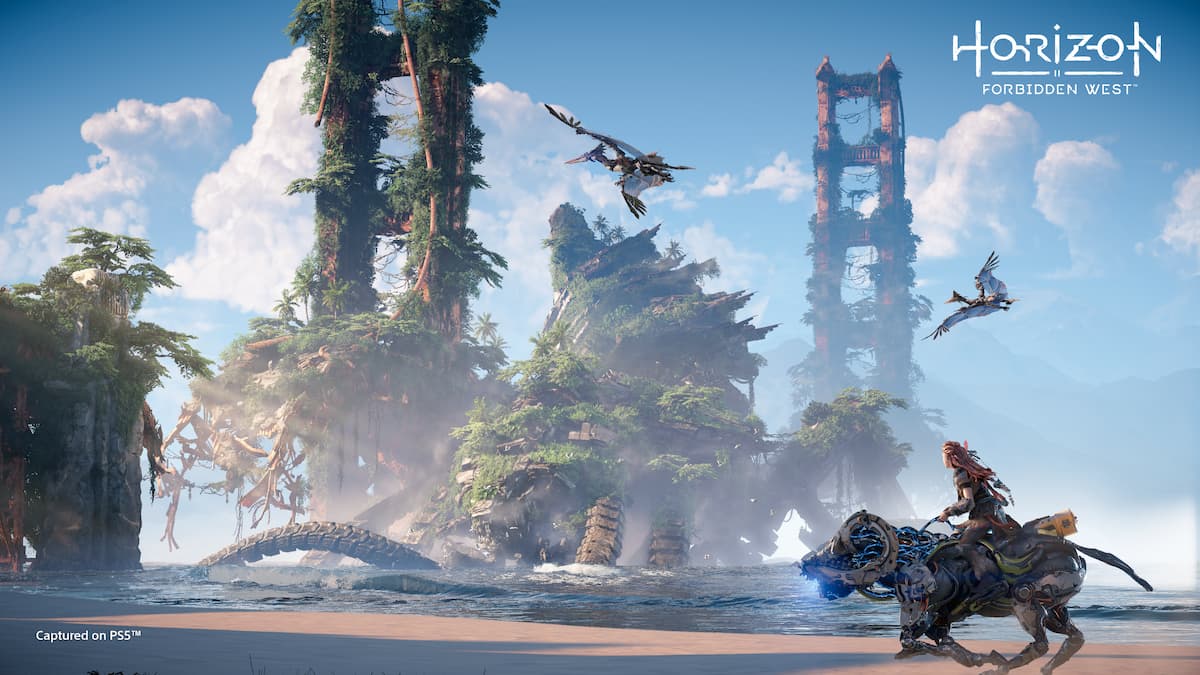
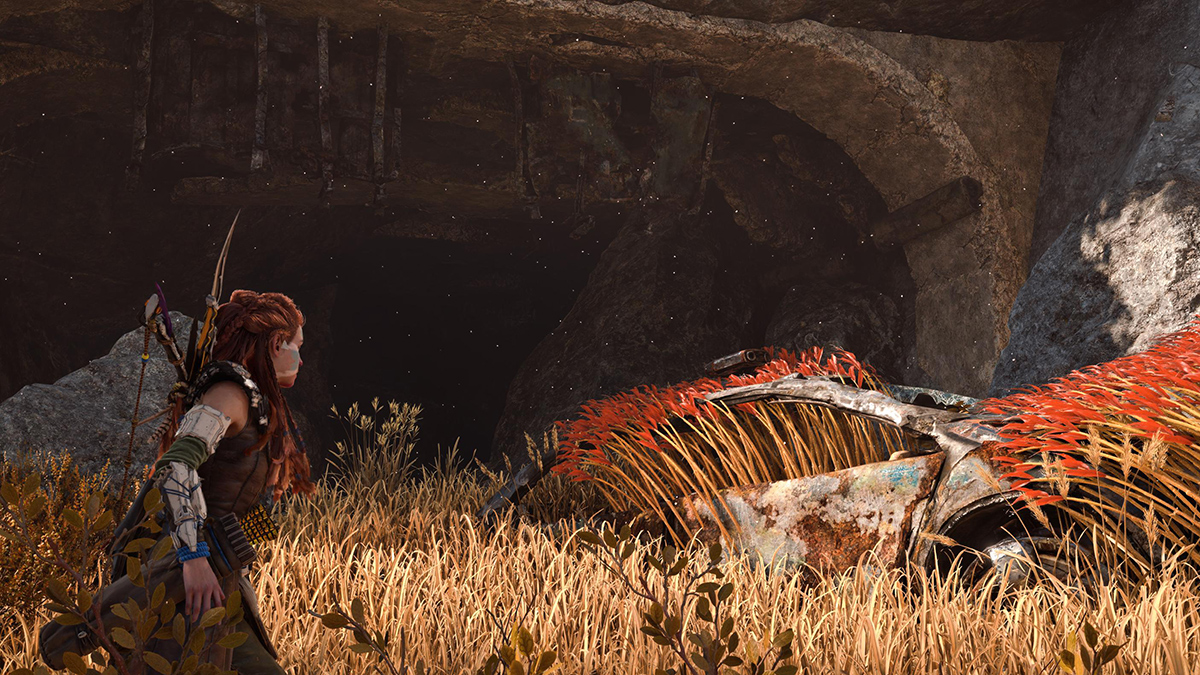
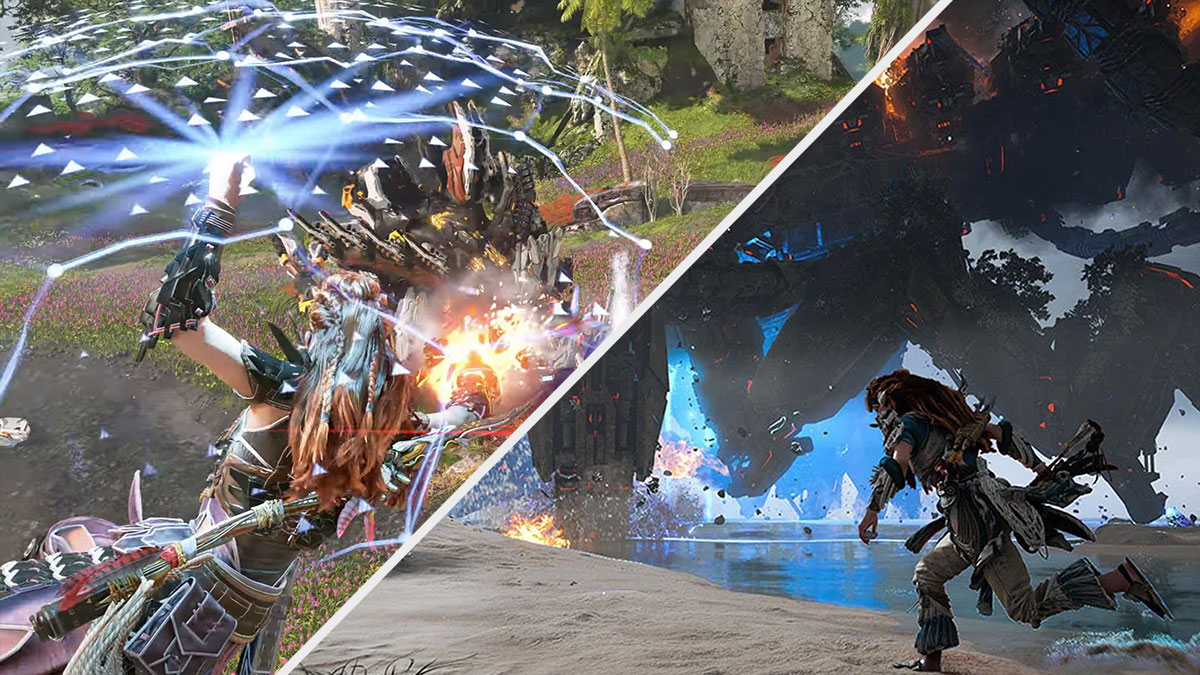
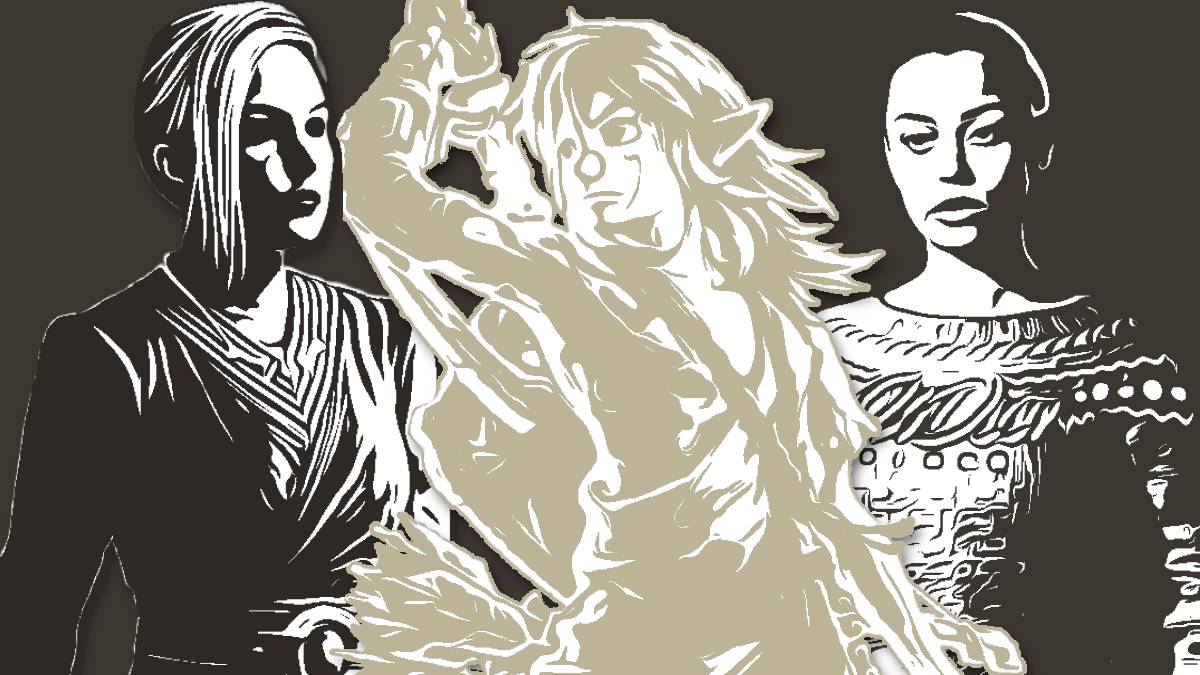
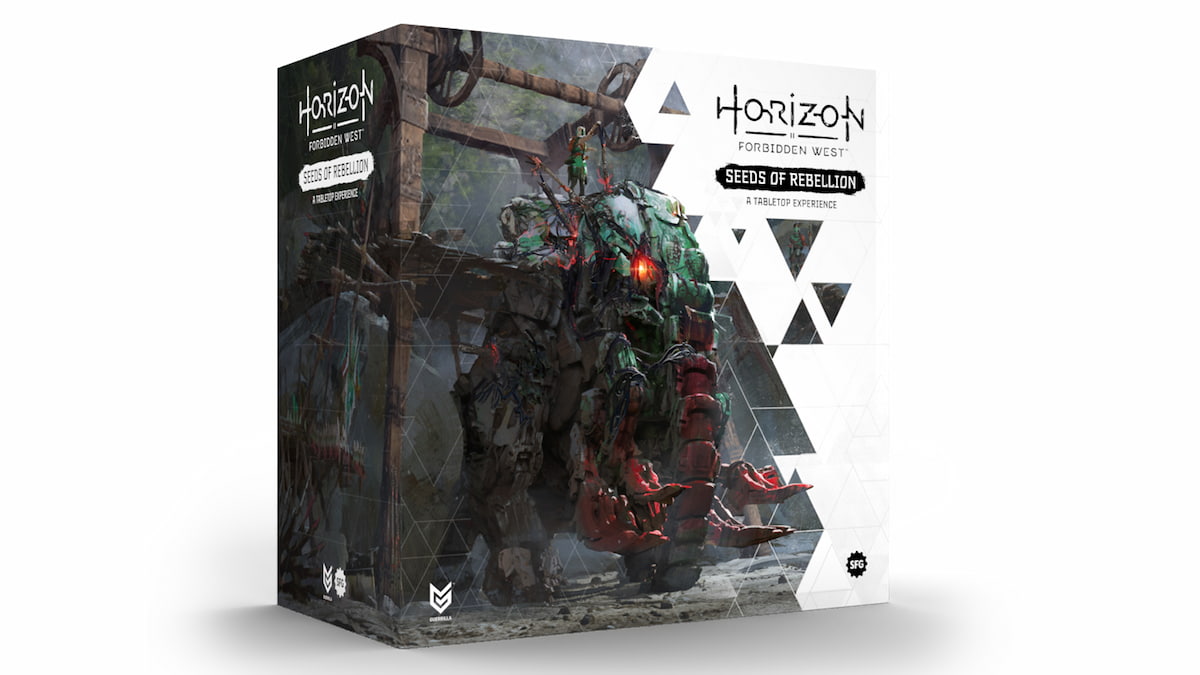
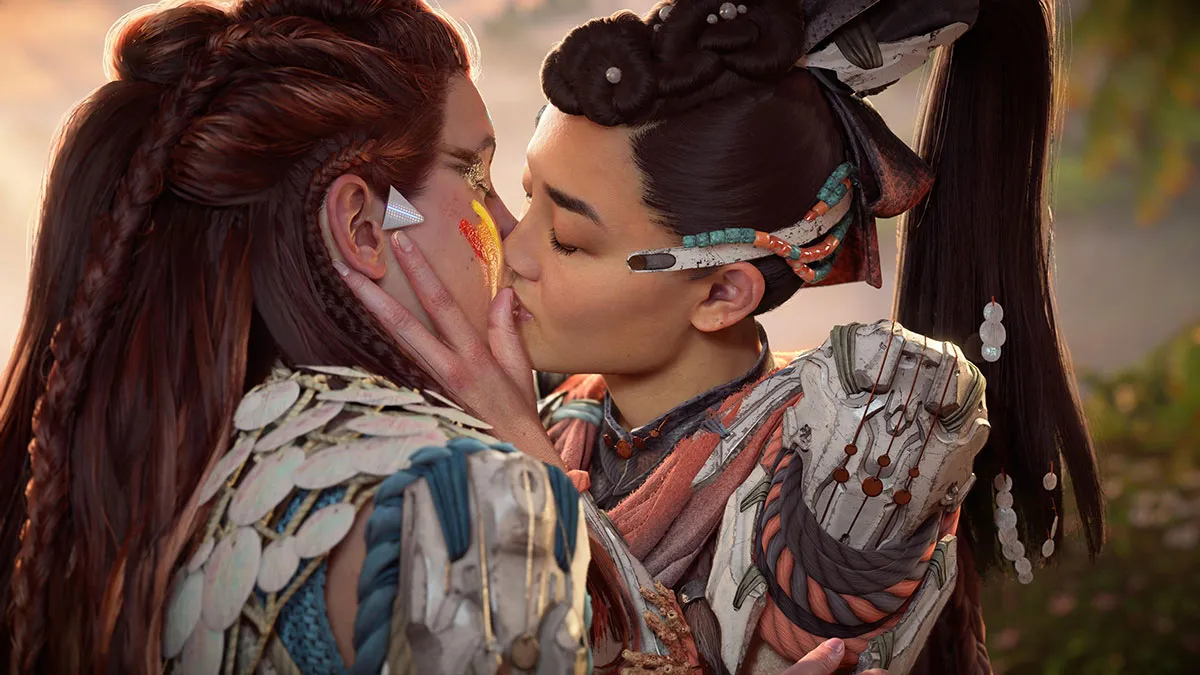
Published: Nov 22, 2021 08:51 am